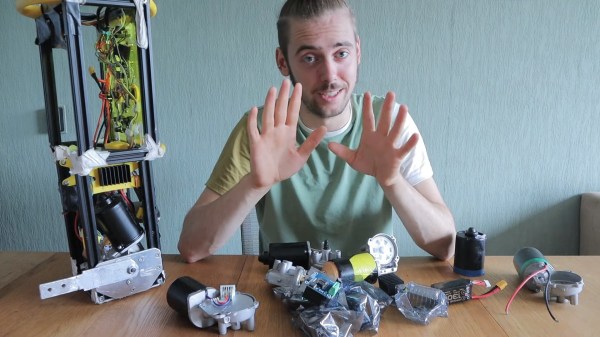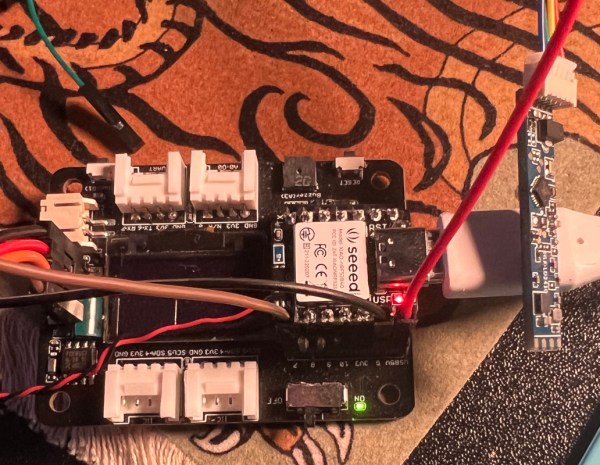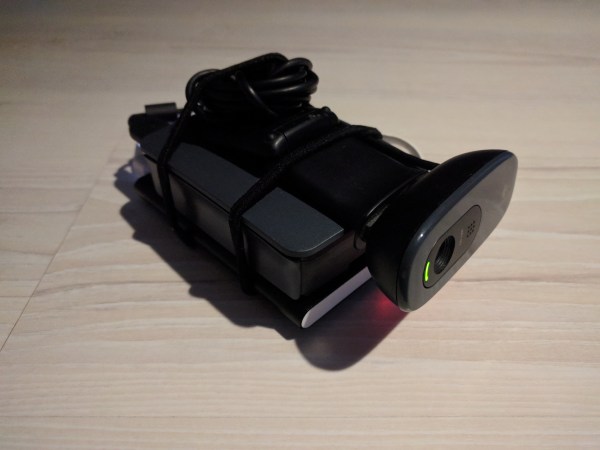Need a powerful electric motor on the cheap? [Daniel Simu] and his friend [Werner] show us the ins and outs of using windshield wiper motors.
Through many examples and disassembled components, the duo walk us through some of the potential uses of wiper motors to power a project. Some of the nuggets we get are the linear relationship of torque to current (10-15A max) and speed to voltage (12-15V DC) on these units, and some of the ways the wiring in these motors is a little different than a simple two wire DC motor.
They also discuss some of their favorite ways to control the motors ranging from a light switch to an Arduino. They even mention how to turn one into a big servo thanks to a project on Hackaday.io and a few modifications of their own. [Simu] also discusses some of the drawbacks of wiper motors, the most evident being that these motors use nylon gears which are prone to stripping or failing in other ways when subjected to high torque conditions for too long.
If you recognize [Simu], it may be from his robotic acrobat built with wiper motors. Want to see some more wiper motor hacks? How about a 3D scanner or making sure your wipers always keep the beat?


















